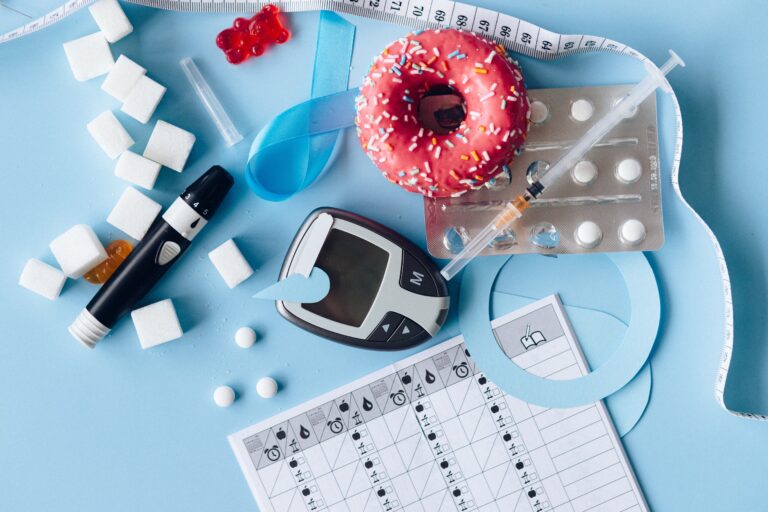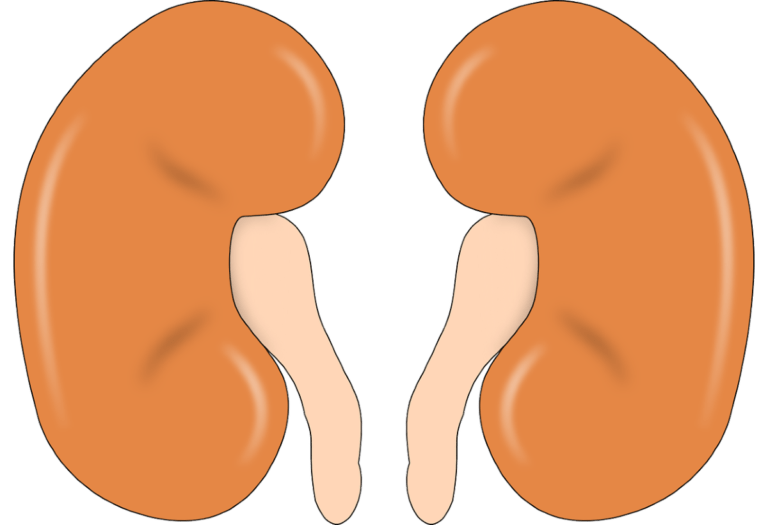Types of Diabetes
If your doctor recently diagnosed you with diabetes, you’re one of nearly 16 million people in the United States — nearly one in 17 people — who have diabetes. Approximately 2,200 new cases are diagnosed each day.
Diabetes Mellitus
Technically, this disease is known as “diabetes mellitus” — diabetes from the Greek for siphon, to describe the excessive thirst and urination characteristic of this condition, and mellitus from the Latin for honey; diabetic urine is filled with sugar and is sweet. Physicians and medical books use the term diabetes mellitus, but commonly, this disease is simply called diabetes.

Glucotrust Advanced Formula
Gluco Trust Max Capsules Maximum Strength Support
Three Common Types of Diabetes
All are a little different. But everyone with diabetes has one thing in common: Little or no ability to move sugar — or glucose — out of the blood into the cells, where it becomes the body’s primary fuel. Everyone has glucose in their blood, whether or not they have diabetes. This glucose comes from food. When we eat, the digestive process breaks down food into glucose, which is absorbed into the blood in the small intestine.

People who don’t have diabetes rely on insulin, a hormone made in the pancreas, to move glucose from the blood into the body’s billions of cells. But people who have diabetes either don’t produce insulin or can’t efficiently use the insulin they produce. Without insulin, they can’t move glucose into their cells. Glucose accumulates in the blood — a condition called hyperglycemia (“hyper” = too much, “glycemia” = glucose in the blood) — and over time, can cause very serious health problems. Scientists don’t know exactly what causes diabetes, but it appears to result from a combination of genetics and environmental factors, including viral infections, poor diet, and sedentary lifestyle. Currently, diabetes can’t be cured, but the good news is that the disease can be managed. People with diabetes can live fulfilling, healthy lives.
| Type 1 | Type 2 | Gestational |
Type 1 Diabetes
People with type 1 diabetes (also called insulin-dependent diabetes mellitus or IDDM) don’t produce insulin and need regular shots of it to keep their blood glucose levels normal. Type 1 diabetes was once called juvenile-onset diabetes, but that name has been dropped because type 1 diabetes also strikes young and older adults alike. Type 1 diabetes accounts for about 5% to 10% of those who have the disease.
Risk factors
- A family history of the disease increases risk.
- Diabetes happens in people of every race, but it’s most common among whites.
- Half of those diagnosed with type 1 are under 20. Being age 20 or younger increases your risk.
What causes it
Most children of parents with diabetes do not develop the disease. However, scientists have long suspected that heredity plays a role because type 1 diabetes tends to run in families. Researchers have identified several genes that appear to increase risk of type 1 diabetes. But they haven’t yet found a single gene that causes the disease.
Type 1 diabetes has many hallmarks of an auto-immune condition. In auto-immune diseases, the immune system, which protects you from disease by killing invading germs, mistakes the body’s own cells for germs and destroys them. In the case of type 1 diabetes, the immune system kills the cells in the pancreas that produce insulin (beta cells).
Type 1 diabetes often strikes shortly after a viral infection, and doctors sometimes notice a sharp jump in type 1 diabetes diagnoses after viral epidemics. Which viruses? Candidates include those that cause mumps, German measles, and a close relative of the virus that causes polio.
Type 2 Diabetes
Approximately 95 percent of people with diabetes have type 2 disease (also called non-insulin-dependent diabetes mellitus or NIDDM). Those with type 2 produce insulin, but the cells in their bodies are “insulin resistant” — they don’t respond properly to the hormone, so glucose accumulates in their blood. Some people with type 2 diabetes must inject insulin, but most can control the disease through a combination of weight loss, exercise, a prescription oral diabetes medication, and tight control.
Risk Factors
- Like type 1 diabetes, type 2 disease also runs in families.
- Most people diagnosed with type 2 are age 30 or older. Half of all new cases are age 55 and older.
- Compared with whites and Asians, type 2 diabetes is more common among Native Americans, African-Americans, Latinos, and Hispanics.
- Insulin resistance worsens as weight increases and physical activity decreases. Many people with type 2 diabetes have sedentary lifestyles and are obese; they weigh at least 20 percent more than the recommended weight for their height and build.
- Lack of exercise, especially in those who are overweight, increases risk.
- If you developed gestational diabetes during pregnancy, you’re at a higher risk of type 2 diabetes later.
- Women who have given birth to babies weighing 9 pounds or more are at an increased risk.
- These include thiazide diuretics (used to manage high blood pressure) and steroids (used to help with inflammatory conditions).
What Causes it?
Scientists are not certain, but type 2, like type 1 diabetes, runs in families, which suggests some genetic connection. In fact, a genetic link seems even stronger in type 2 diabetes than in type 1. Scientists have not yet put their finger on a single gene that causes the disease, but they are finding errors in several that may contribute to the disease. Researchers also suspect a genetic susceptibility to obesity.
Obesity is the single most important cause of type 2 diabetes. Definitions of obesity differ, but in general, you’re obese if you weigh at least 20 percent more than what’s recommended for your height and build. Three-quarters of people with type 2 diabetes are overweight. For reasons that remain unclear, carrying excess body fat somehow causes insulin resistance. That’s why type 2 diabetes is usually treated with diet and exercise.
Losing weight and gaining muscle helps the body use insulin more efficiently. Where you carry your weight is as important as how much you carry. People who carry their fat above their hips have a greater risk of developing type 2 diabetes than those who carry it on their hips
Age also plays a role in type 2 diabetes. Half of all new diagnoses are in people age 55 and above, and nearly 11 percent of Americans ages 65 to 74 have type 2 diabetes. However, researchers don’t know if age is a cause of type 2 diabetes or simply a reflection of the fact that people tend to gain weight and become less physically active as they grow older.
Gestational Diabetes
Gestational diabetes develops only in pregnant women with no previous history of diabetes. Nearly 135,000 U.S. women develop gestational diabetes each year.
Typically, gestational diabetes clears up on its own after women have delivered their babies. But studies show that about 40% of women with gestational diabetes go on to develop type 2 diabetes within 15 years.
All pregnant women should be tested for gestational diabetes between their 24th and 28th weeks of pregnancy.Keeping a healthy weight, eating healthy food and regular exercise during pregnancy may help prevent insulin resistance and gestational diabetes.
Risk Factors
- Diabetes tends to run in families.
- Too many pounds increases insulin resistance.
- Native Americans, African-Americans, and people of Hispanic or Latino descent are at increased risk. Whites and Asians have a lower risk.
What Causes it?
Hormones may play a role. Pregnant women produce various hormones essential to their baby’s growth. However, these hormones may interfere with the mother’s body’s ability to properly use insulin, causing insulin resistance.
All pregnant women have some degree of insulin resistance. But if this resistance becomes full-blown gestational diabetes, it usually appears around the 24th week of pregnancy. That’s why all pregnant women should be screened for gestational diabetes around that time.
 |
| Diabetes Treatment Understanding the Kidney and Kidney Disorders The Facts Surrounding Diabetes Defining Diabetes Diabetes – The Myths About Sugar Diabetes – Who is at Risk? |








